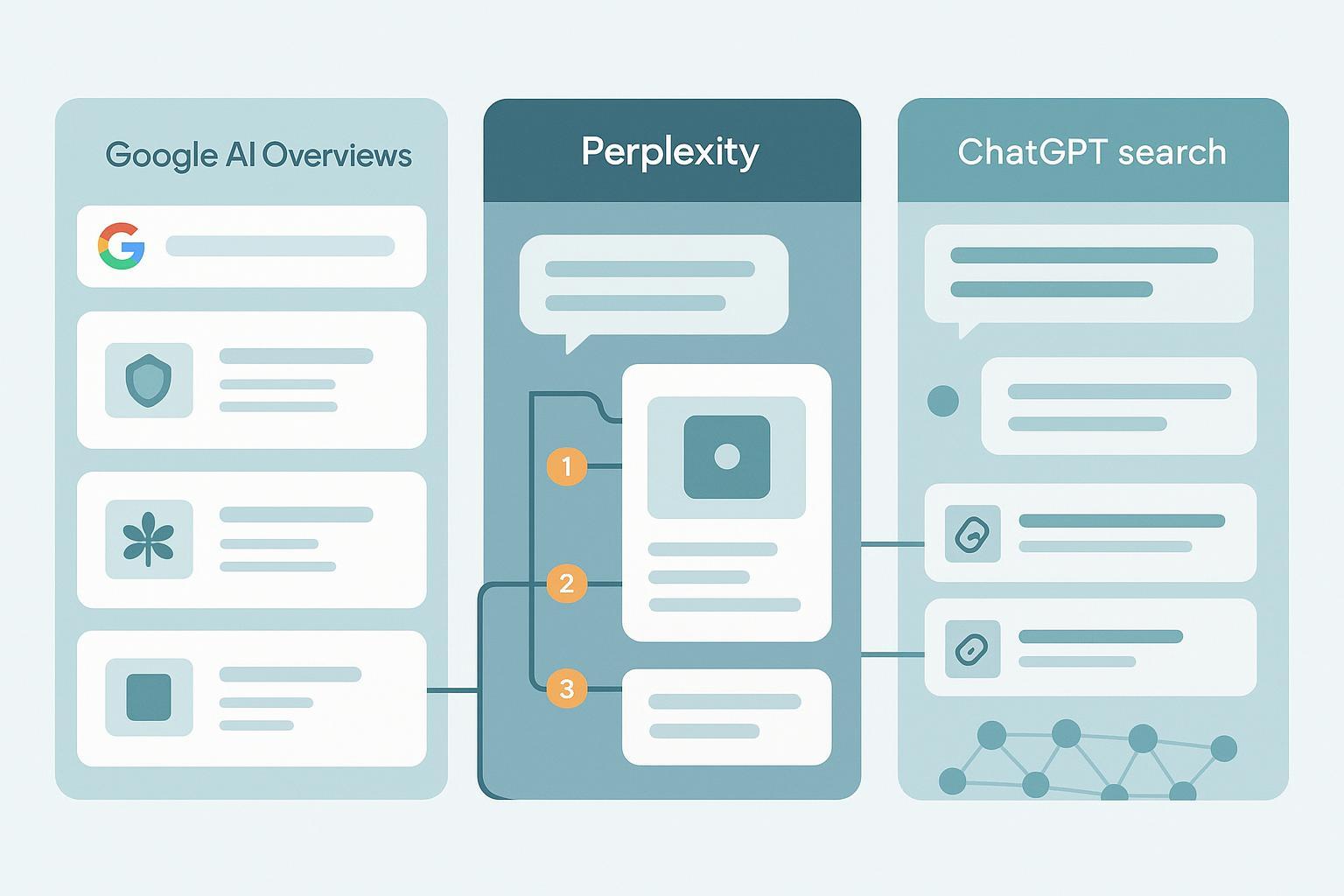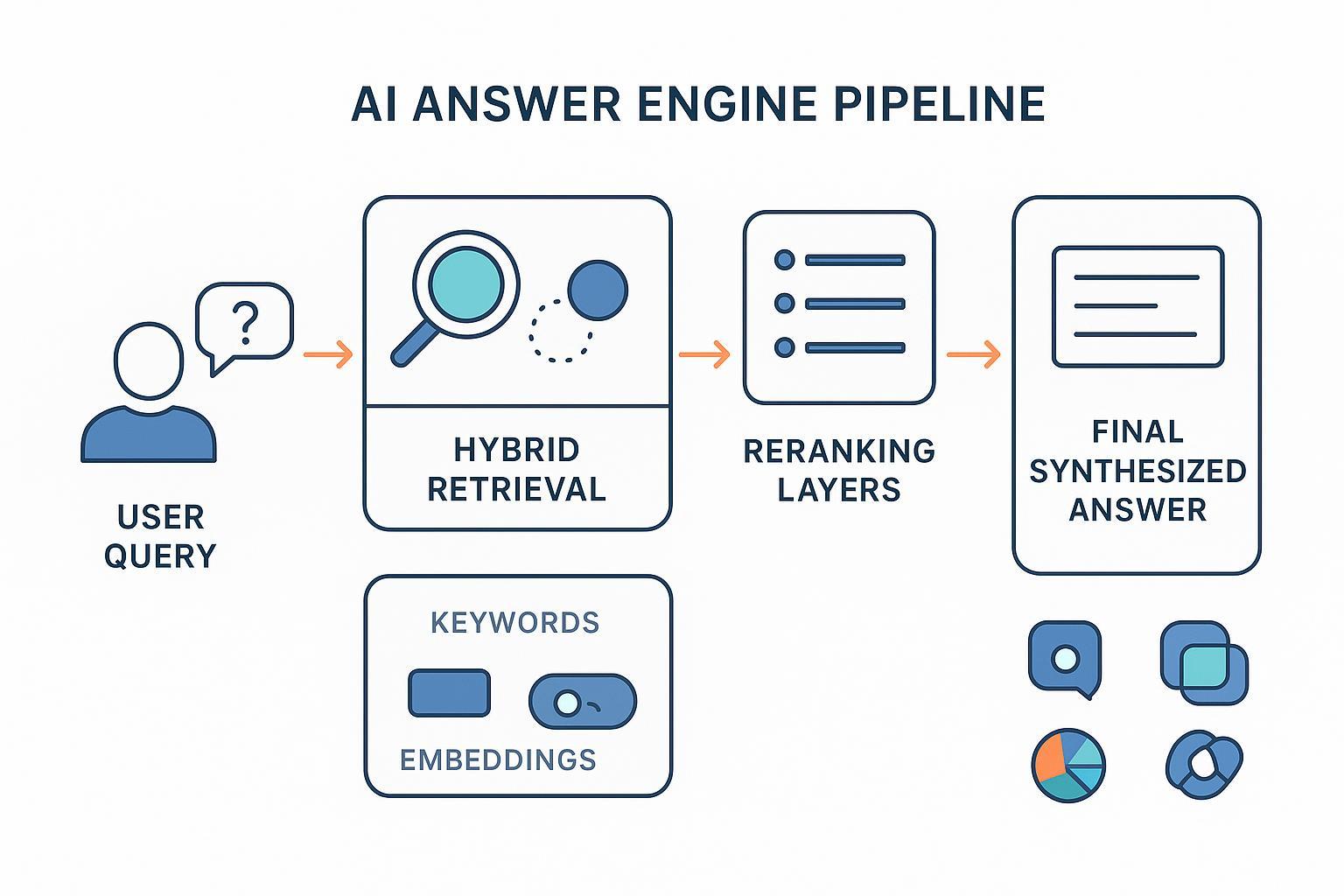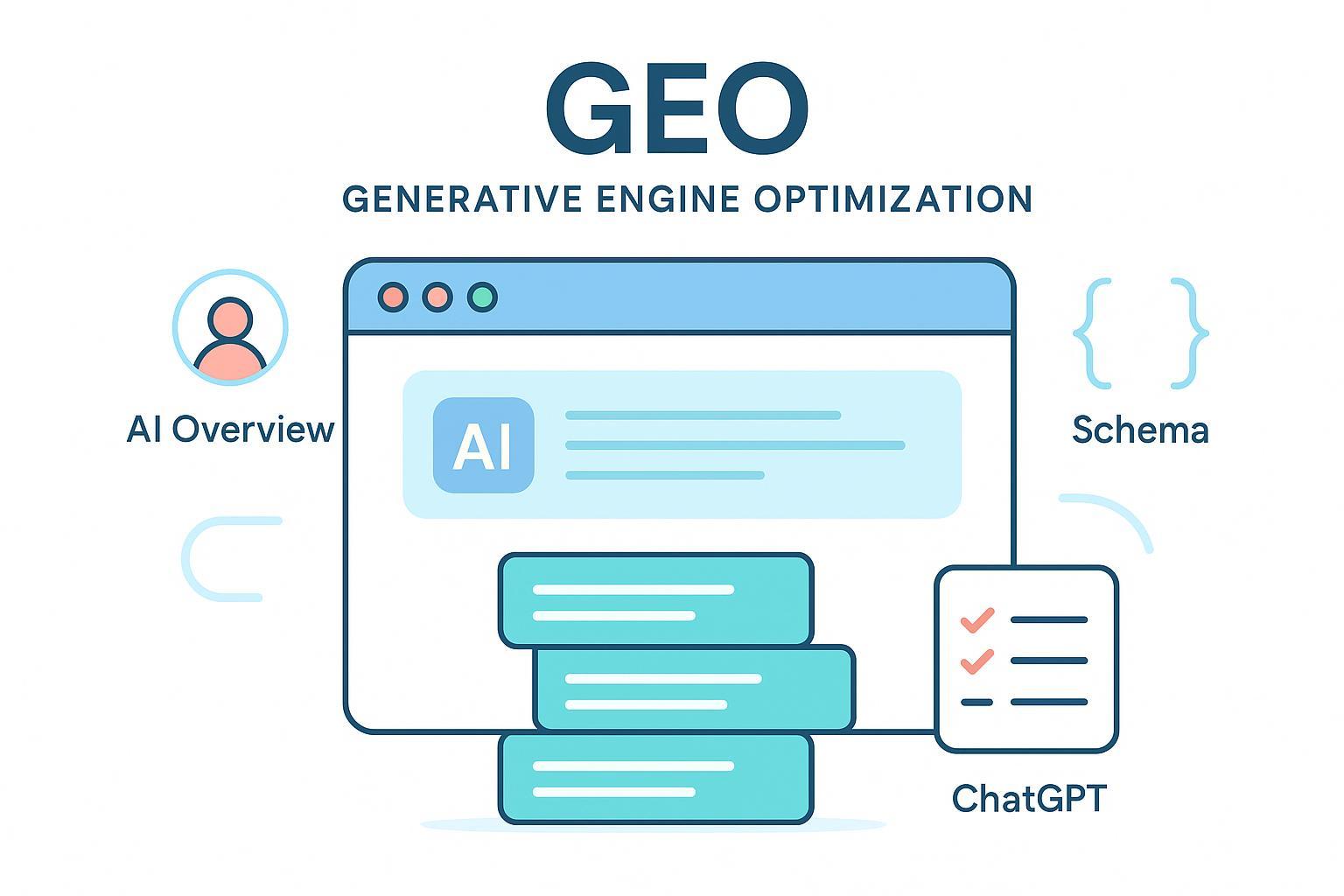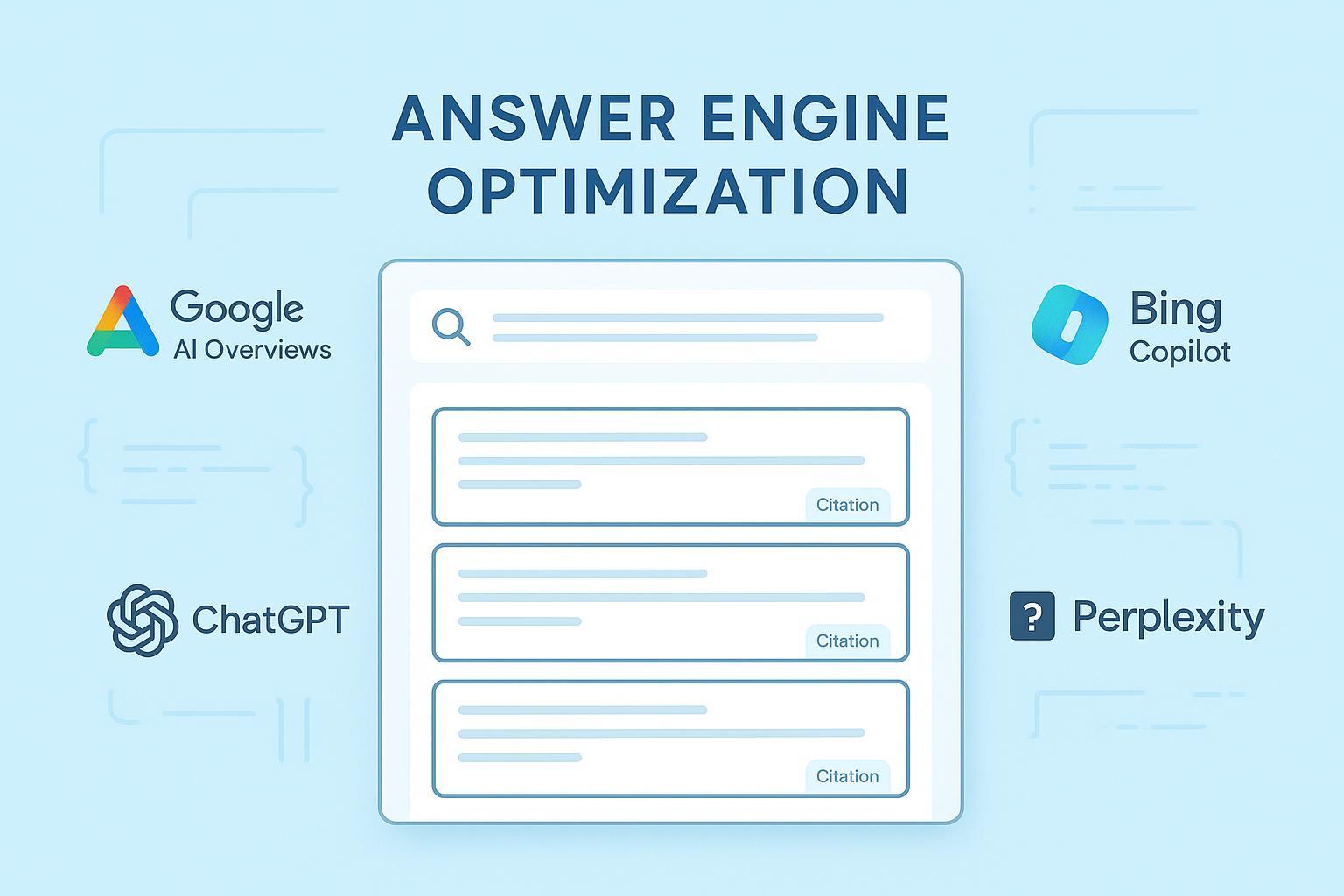User Engagement Beats Keywords for SEO Ranking Success in 2025
Discover why engagement signals and Core Web Vitals now outrank keywords for SEO in 2025. Learn what changed, see key CTR impact data, and get actionable tactics.

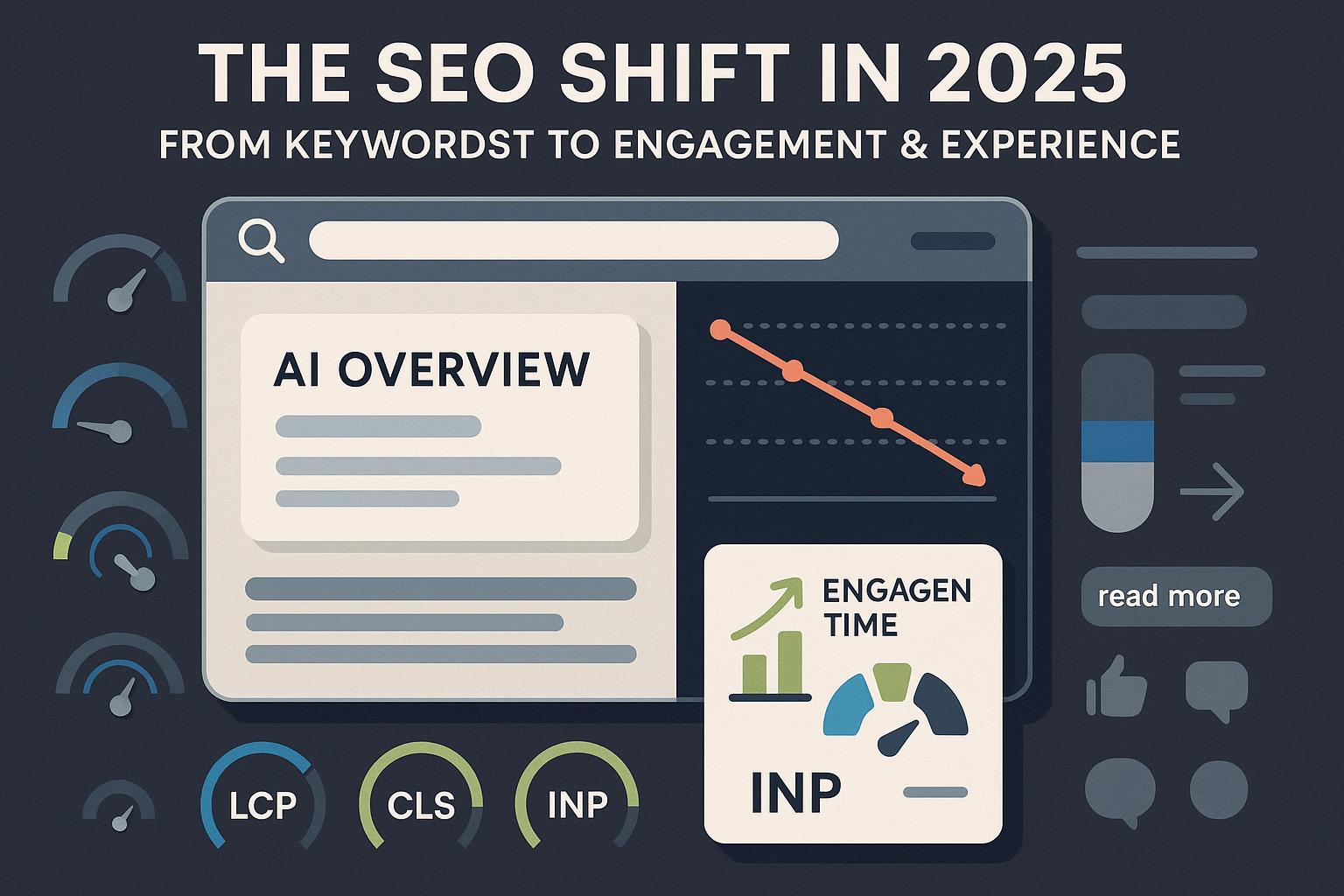
Keywords still matter, but they’re no longer enough. In 2025, the biggest differentiators in competitive SERPs are the signals that users produce when your content actually satisfies them: how quickly they can interact, whether they stick around, and whether your page delivers exactly what your snippet promised. This shift accelerated through 2024–2025 as Google folded helpful-content principles into core systems and elevated page responsiveness (INP) as a Core Web Vital.
Below is a practical, evidence-backed approach for earning rankings and durable traffic in the AI Overviews (AIO) era by optimizing for engagement and satisfaction—without falling into the trap of chasing clickbait or gaming behavioral metrics.
What changed in 2024–2025 (and why it matters)
- Helpful-content principles moved into core ranking systems. Google emphasized surfacing “more helpful results” and reducing unoriginal content across multiple systems during the March 2024 core update. See the language in the Google Search Central March 2024 core update post (2024).
- INP replaced FID as a Core Web Vital on March 12, 2024, shifting focus from first input delay to holistic responsiveness across a session. That change is documented in web.dev’s INP Core Web Vital announcement (2024).
- Core Web Vitals targets matter as thresholds that support satisfaction. The recommended “good” ranges—LCP ≤ 2.5s, INP ≤ 200ms, CLS < 0.1—are spelled out in Google Developers’ Core Web Vitals documentation (ongoing).
The takeaway: Relevance and keyword/entity matching remain foundational for retrieval, but in competitive queries, engagement and experience signals are the tie-breakers.
Are clicks a ranking factor? The Navboost nuance
In 2024, reputable reporting covered a leaked corpus of Google documentation. Those materials suggest Google systems can use various click-related and behavioral inputs (often discussed under “Navboost”). However, Google cautioned that the documents were incomplete and not a playbook for direct ranking recipes. The most defensible position in 2025 is that behavioral signals inform systems in aggregate, not via a simple “CTR-in, rank-out” lever. See Search Engine Land’s leak coverage and Google’s caution (2024).
Practically, that means durable UX and content improvements outperform CTR hacks. Expect normalization and anti-gaming across Google’s systems; optimize for real satisfaction.
The AIO-era SERP economics: fewer clicks, higher click quality
Independent studies show that AI Overviews can depress organic CTR on informational queries, though inclusion as a cited source inside an AIO can partially offset losses. A 2025 longitudinal study by Seer Interactive across ~10,000 informational keywords found organic CTR dropped substantially when AIO appeared; inclusion inside the AIO correlated with higher click rates compared to non-inclusion. Review the methodology and key metrics in Seer Interactive’s 2025 AIO CTR study (2025).
Industry coverage synthesized similar declines and highlighted variability by query class and vertical; see Search Engine Land’s 2025 CTR report for context and caveats.
Implication for strategy: Optimize for AIO inclusion and for the more-qualified post-AIO click. The total clicks may be fewer, but the users who choose your result are likelier to be intent-aligned—if your snippet sets accurate expectations and your page rapidly satisfies them.
On-SERP engagement levers: earn the click you can keep
- Align snippet promises with on-page delivery. Craft titles and meta descriptions that state the answer plainly, use intent-reflective language, and mirror your on-page structure (e.g., who/what/why/how). This reduces pogo-sticking.
- Prime for AIO inclusion. Strengthen entity clarity, add concise definitions or steps for eligible content types, cite authoritative sources directly in your content, and use appropriate schema (FAQ/HowTo/Recipe where it fits). In the AI era, this is part of Generative Engine Optimization (GEO)—learn the basics in Generative Engine Optimization (GEO).
- Offer unique evidence and expert perspective. Short benchmarks, checklists, or process diagrams help answer-first layouts feel complete and citable.
On-page satisfaction and performance: INP-era priorities
- Answer-first information architecture. Start with the canonical answer or summary, then layer progressive depth with scannable subheads that map to intent (“how it works,” “trade-offs,” “next steps”).
- Performance targets that support engagement. Use field data to aim for INP ≤ 200ms, LCP ≤ 2.5s, CLS < 0.1. See targets and implementation guidance in Google Developers’ Core Web Vitals overview.
- Reduce main-thread work and input blocking. Audit render and hydration paths for interactive components; defer non-critical scripts; minimize layout shifts.
- Credibility cues. Show original data, name expert authorship, stamp “last updated,” and avoid intrusive interstitials or pop-ups.
A brief testing vignette: A B2B team recently prioritized INP fixes on a high-traffic explainer by trimming a heavy client-side widget and deferring third-party scripts. They paired the change with a clearer answer-first layout. The measurement plan below let them observe improved engagement and fewer short back-to-SERP events—without touching headline “clickbait.” That’s the mindset: solve real friction, then measure.
Post-click measurement: connect engagement to outcomes
Build a lightweight instrumentation plan that your marketers and SEOs can actually use:
- GA4 engagement core: Track engaged sessions and average engagement time. The definition of “engaged session” (≥10 seconds, a key event, or ≥2 pageviews) is in Google Analytics Help — Sessions (ongoing). Add custom scroll-depth events at intent breakpoints (e.g., reaching the answer block; hitting the comparison section).
- GSC intent clusters: Monitor clicks, impressions, and average position grouped by intent themes. Annotate when AIO presence changes on key queries.
- CrUX and CWV: Use field data to track INP/LCP/CLS by template and tie improvements to engagement shifts.
- Outcome mapping: Segment engaged-session cohorts to downstream conversions or lead quality, not just vanity metrics.
Monitor multi-engine visibility and citations
Beyond Google’s organic results, your brand’s visibility now spans AI answer engines and assistant surfaces. You need to see when your pages are cited or summarized and which queries trigger inclusion.
- Practical workflow example: Use a multi-engine monitoring dashboard to track when your content is cited in AI Overviews, ChatGPT answers, or Perplexity results, and correlate those events with changes in CTR and engaged sessions on the corresponding pages. This helps decide where to add clarifying definitions, structured steps, or authoritative sources.
- Tooling note: Geneo monitors brand mentions and citations across generative engines and Google AI Overviews, making it easier to identify which intents you’re winning and where to improve. Disclosure: Geneo is our product.
A/B testing priorities for 2025
- Above-the-fold clarity: Test headline specificity, short answer blocks, and jump links to deeper sections.
- Interaction design: Evaluate whether a sticky table of contents improves scannability or induces distraction; test collapsible summaries.
- Evidence density: Experiment with benchmarks, calculators, and checklists to see how they affect engagement time and scroll completion.
Pitfalls to avoid (and how to stay objective)
- “CTR is the ranking factor” thinking. Treat behavioral data as system inputs, not a direct lever. Rely on durable UX/content improvements; remember Google’s caution around leaked docs as summarized by Search Engine Land (2024).
- Over-indexing on Core Web Vitals. CWV helps—but relevance and topical authority still gate visibility. Use CWV to remove friction, not as a silver bullet.
- Over-generalizing AIO impact. Effects vary by intent, device, and vertical. Measure on your site; don’t assume global averages apply to every page.
What to do next
- Reframe success metrics from “rank-for-keyword” to “earn the engaged click and satisfy intent.”
- Implement on-SERP expectation alignment and answer-first IA.
- Set INP/LCP/CLS field targets and fix the biggest responsiveness bottlenecks.
- Instrument GA4 engagement events and GSC annotations; track CrUX by template.
- Monitor multi-engine citations and AIO inclusion; iterate content to be clearer, more credible, and citable.
- For cross-industry tactics blending SEO + GEO, explore 2025 AI search strategy case studies.
If you want a structured way to monitor AI Overview/assistant visibility alongside classic SEO metrics, consider adding Geneo to your stack to centralize citations and query coverage while you run engagement-focused tests.
Updated on 2025-09-30


